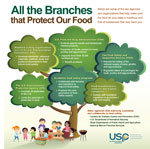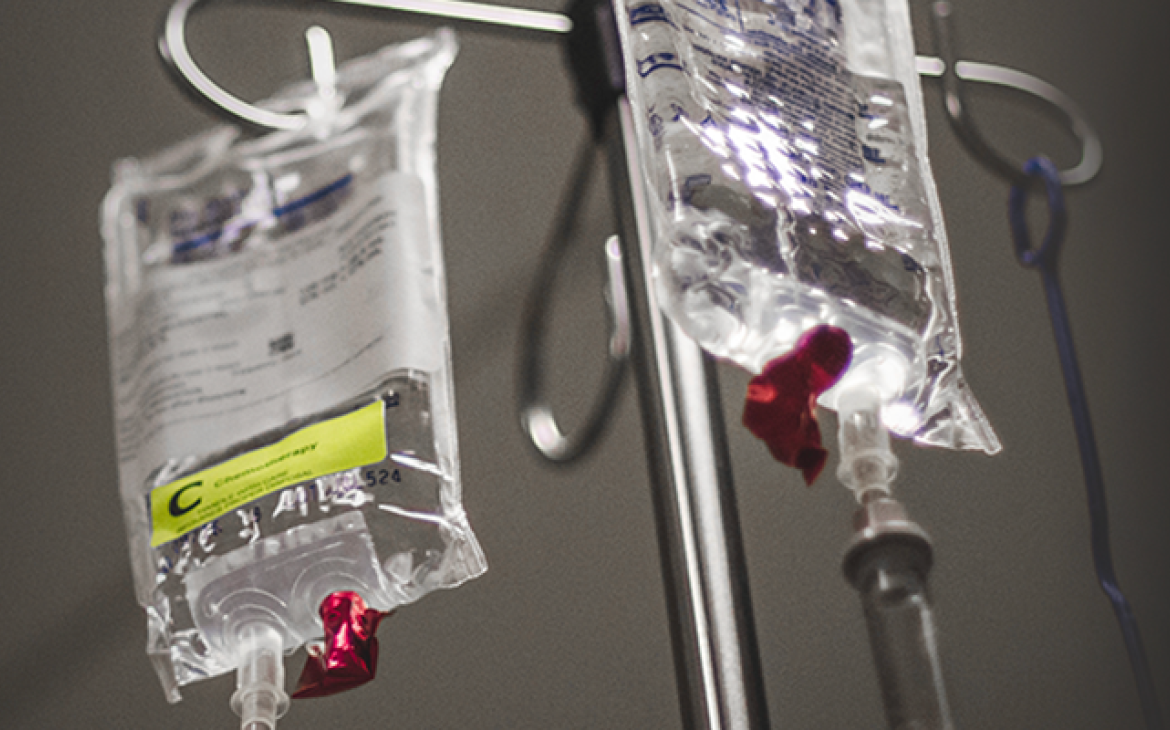
Most consumers in developed economies, whether they work with food or not, take for granted that the food they consume is nutritious and free of substances that may be harmful to their health (contaminants, disease-causing microorganisms, etc.).
People are unaware that it takes enormous effort from industry, regulators, standard developing organizations and others to keep their food “safe” on a day-by-day basis. Supply chain complexities and vulnerabilities are not in any consumer’s minds unless a large enough event happens, which makes a large portion of the population sick or suspicious about a food item’s authenticity and/or value.
The Food Ingredients group at USP, a standard developing organization, plays a role in helping to ensure food safety by developing standards that are followed by suppliers and manufacturers in the United States and across the globe.
Most of the food industry in the United States is as worried about food safety as any regulatory body (since the lack of it is certainly detrimental to business), and fortunately, mutual interests among all sectors make the food supply chain in the United States (and other countries with robust regulatory and industrial systems) one of the safest in the world.
Of course, there are vulnerabilities in any system, but it is safe to say that most of the world does not have the same “food protection system” available in the United States. There are certainly lessons to be learned and taught in the food supply chain all the time, as it is constantly evolving, but it is good to remind people that there is a large network of stakeholders doing their best to guarantee that they continue to enjoy the safe food they consume and offer to their families.
 The list below is not exhaustive in number or action, but it’s a good representation of what is involved in maintaining a safe food supply in the United States (Click image to see information):
The list below is not exhaustive in number or action, but it’s a good representation of what is involved in maintaining a safe food supply in the United States (Click image to see information):
The U.S. Pharmacopeial Convention (USP) develops standards and reference materials, as well as methods, tools and guidelines to help suppliers, manufacturers and regulators ensure the authenticity, purity and quality of food ingredients.
The U.S. Food and Drug Administration (FDA)’s main function in the food supply chain is to protect consumers against unsafe and fraudulently labeled products. Through the Center for Food Safety and Applied Nutrition (CFSAN), the FDA regulates all foods, except for meat, poultry and egg products, which are regulated by Food Safety and Inspection Service (FSIS). FDA inspects more than 15,000 facilities every year, and works with industry to correct problems or recall unsafe products from the market. FDA can also apply legal sanctions against a company that doesn’t voluntarily correct a public health problem.
The Food Safety and Inspection Service (FSIS) is the U.S. Department of Agriculture’s agency responsible for ensuring that the U.S. commercial supply of meat, poultry and egg products is safe, as well as correctly labeled and packaged.
The U.S. Environmental Protection Agency (EPA) licenses all pesticides distributed in the United States and limits the amount of pesticides that may remain on food. The agency considers exposure to pesticides in other settings (water and in home environments) when establishing the limits for foods to account for overall exposure.
Food safety programs in academic centers, such as University of California, Iowa State University, University of Maryland, University of Minnesota, University of Missouri, Michigan State University, etc., collaborate with industry and government regulators to inform their work and find solutions to improve food safety and combat food fraud.
Other agencies that indirectly contribute and collaborate to food safety are the Centers for Disease Control and Prevention (CDC), the U.S. Department of Homeland Security, State Departments of Public Health and Agriculture, National Marine Fisheries Services.
And last but not least, it takes the commitment of the food industry, the various manufacturers, retailers and logistic companies to comply with all mandated regulation to truly own the responsibility of safely feeding the nation.
To learn more about the ways USP collaborates with industry, academia and regulators to help ensure food safety, visit: usp.org/food-safety-integrity.


